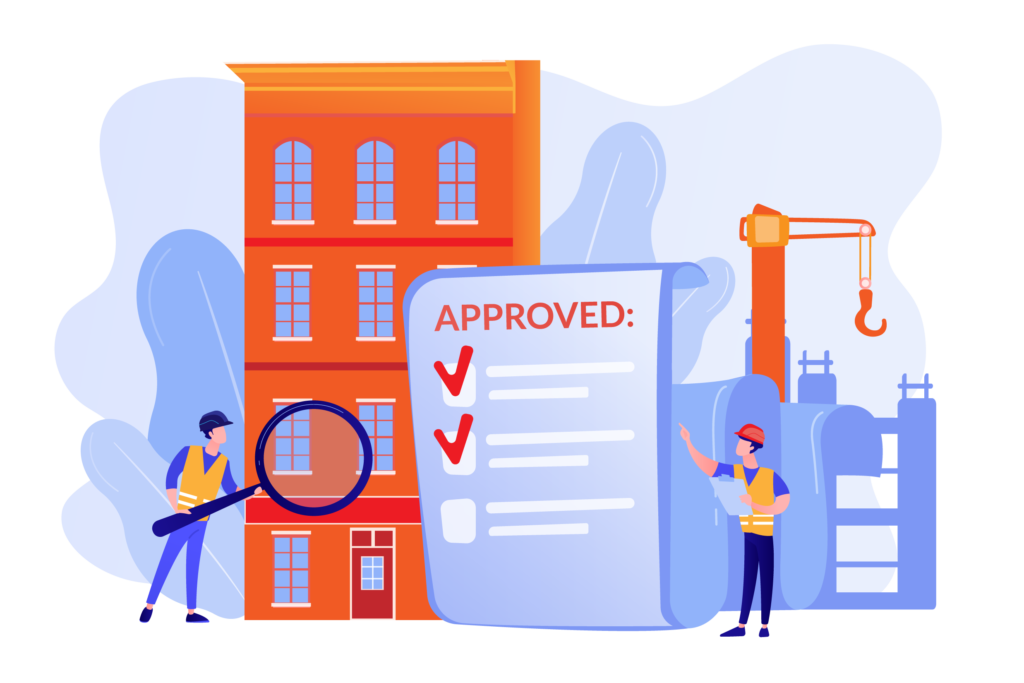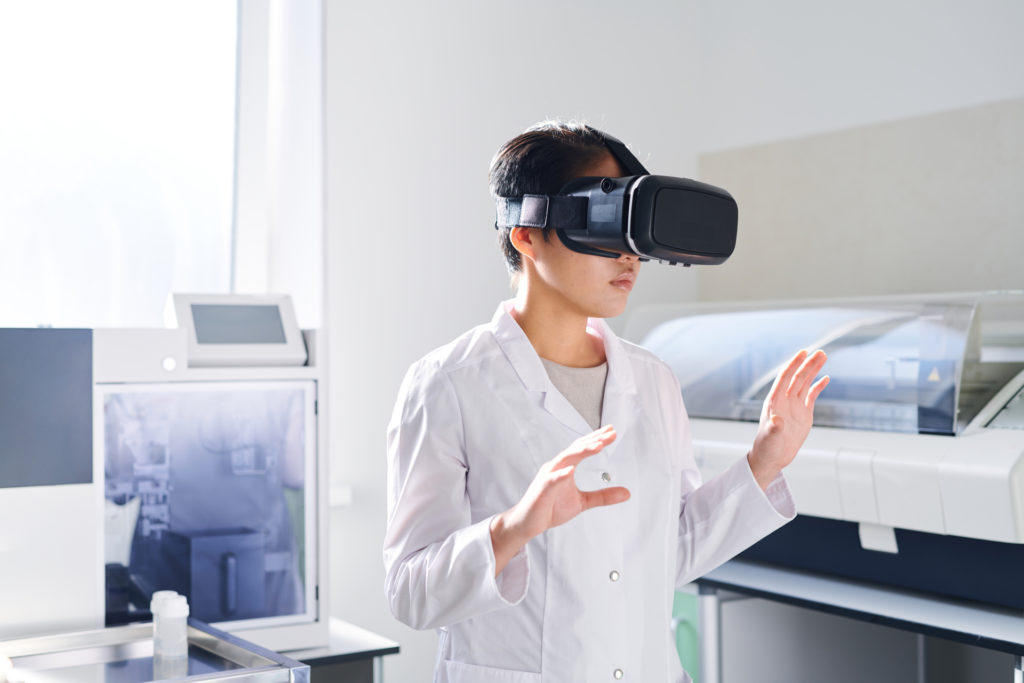SOLUTIONS

Smart Delivery for Manufacturing and Service
Delivering content in the most efficient way to enable Technicians to safely and effectively complete tasks.
How it works
The task
Tasks can be maintenance tasks (Maintenance Instructions, Service instructions) or manufacturing tasks (Manufacturing Instructions, Process Instructions).
Presenting Technicians (or enabling them to easily find) the correct content to support the work required. This means presenting relevant tasks through integration with a Maintenance Management System, or being able to easily search a library of tasks based on product type, product version, diagnostic code, service interval, etc. This includes competency management, ensuring only Technicians with appropriate qualifications and experience are able to access content for certain tasks.
Content starts with a list of the tools, spare parts, PPE, etc required to complete the task, and safety warnings concerning the task (e.g. the task involves heavy lifting, high pressure gas/fluids, etc).
Followed by task content presented step by step. Each step can have images, video or 3D animation associated with it. If there are sub/nested tasks the users gets a second window in which to follow that task, to ensure they do not lose their place in the main task.
If a task step has a particular safety risk a safety warning appears in context (e.g. safety glasses must be worn when bleeding high pressure fluid systems). These safety warnings can require acknowledgement (e.g. a click) by the Technician before the task content is displayed. The acknowledgements can be tracked and reported.
The benefits of smart delivery
Saving time
Reduction in time to complete tasks (optimising human capital).
i.e. Minimum time required to find content needed. All the information needed to complete the task logically presented in one place.
Better processes
‘First time right operations’. i.e. reduction in mistakes during maintenance or manufacturing, due to Competence Management and presenting all the task information in an easy to follow way. Leading to reduced downtime of machines being serviced, and reduced costs for machines being manufactured.
Work safety
Safety warnings that appear in context with the task and require acknowledgement by the Technician before task content is displayed.
Competence Management ensures only appropriate tasks are given to Technicians.
Features
- Taking content offline
Technicians can work in locked-down environments (i.e. no internet connection), remote locations or when IT systems are down. Ensuring Technicians can access content while offline means they are always working with up to date content. They also retain the ability to search and provide feedback on content while offline.

- Acknowledgements
Technicians may be required to acknowledge they have read an important warning or content update/change. It can be configured that the task content is not displayed until the Technician acknowledges. Technicians may also be required to acknowledge they have completed individual task steps.
The acknowledgement is typically in the form of a pop up.
A report of acknowledgements can be generated. For example which Technicians acknowledged they have read an important content update or warning, and at what date/time they acknowledged it.
Use cases include:
● Ensure experienced Technicians, who are familiar with a task, acknowledge there has been a change to the task. This ensures they complete the task including the change.
● Ensure Technicians acknowledge, and therefore are aware of, safety warnings associated with a task.
● Smoothly managing task progress across shift changes.
- User contributions
When new Maintenance or Manufacturing instructions are introduced typically they contain many errors. These errors can make the tasks take longer than expected. Also, as Technicians perform tasks they often discover ways to make the task more efficient.
Technicians are able to correct errors or suggest improvements through providing feedback.
Feedback is a form of user contributions to the content. Other user contributions can include personal notes (like an electronic post-it note) and new articles (e.g. a Field Technical Alert).
User contributions can be moderated and the moderation process/workflow is fully configurable.
Benefit
Providing Technicians with the ability to provide feedback captures their knowledge and ensures the content is rapidly improved, and therefore tasks optimised to take less time.
Integration with core systems
Maintenance Management System (MMS)
Technicians start their day by signing on to the Content Delivery Platform.
After sign-on Technicians are allocated a list maintenance tasks. This list is created through integration between the MMS and the Content Delivery Platform.
This ensures Technicians are delivered correct content for the scheduled tasks without spending time searching for it.
Product Lifecycle Management System (PLM)
Task instructions contain all the parts required to complete the task. Parts information comes from the Bill of Materials or Service Bill of Materials (BOM, SBOM), which are typically managed in a PLM system.
Integration between the PLM and the Content Delivery Platform ensures the correct parts required for a particular task are identified in the task content.
Change Management System (CM)
When task based content is changed based on feedback from the Technician (See User contributions), integration between the CM system and the Content Delivery Platform ensures the change is correctly incorporated into source content.
The source content could be in a Content Management System, PLM or other core system. This ensures valuable feedback from Technicians is captured for future use.
- Augmented Reality
Technicians benefit from working ‘hands free’ when viewing task content using Extended Reality devices. Standard Extended Reality devices can be integrated with your Content Delivery Platform. These devices reduce time from intent (reading the content) to action (performing the task) minimising back and forth, and enabling Technicians to work with both hands.
- Highlighting Content Changes
Highlighting changes to task content (like change bars in Printed/PDF publications) which contain links to descriptions of the change and reasons for change. In many industries it’s important for Technicians to understand how and why changes were made.
- Links to Bill of Materials
Task based content for manufacturing and service can contain links to graphical Bills of Materials/Service Bills of Materials and Illustrated Parts Catalogs to ensure correct parts are easily identified and obtained.
- 3D Animation and Videos
Task content can be presented step by step with each step containing associated images, video or 3D simulation. This enables Technicians to see a simulation of the task, making mistakes less likely. A picture paints a thousand words

- Augmented Reality
Technicians benefit from working ‘hands free’ when viewing task content using Augmented Reality (AR) devices. Standard AR devices can be integrated with your content delivery platform which reduces the time required to access content and enables the Technician to work with both hands.
- Highlighting Content Changes
Displaying changes to task content (like change bars in Printed/PDF publications) with links to a description of the change and reason for change. In many industries it’s important for Technicians to see change descriptions and reasons for change.
- Links to Bill of Materials
Task based content for manufacturing and service can contain links to graphical Bills of Materials/Service Bills of Materials to ensure the correct parts are easily identified and obtained.
- 3D Animation and Video
Task content can be presented step by step with each step containing associated images, video or 3D simulation. 3D and video enable the Technician to clearly see the simulation of the task making mistakes less likely. A picture paints a thousand words
